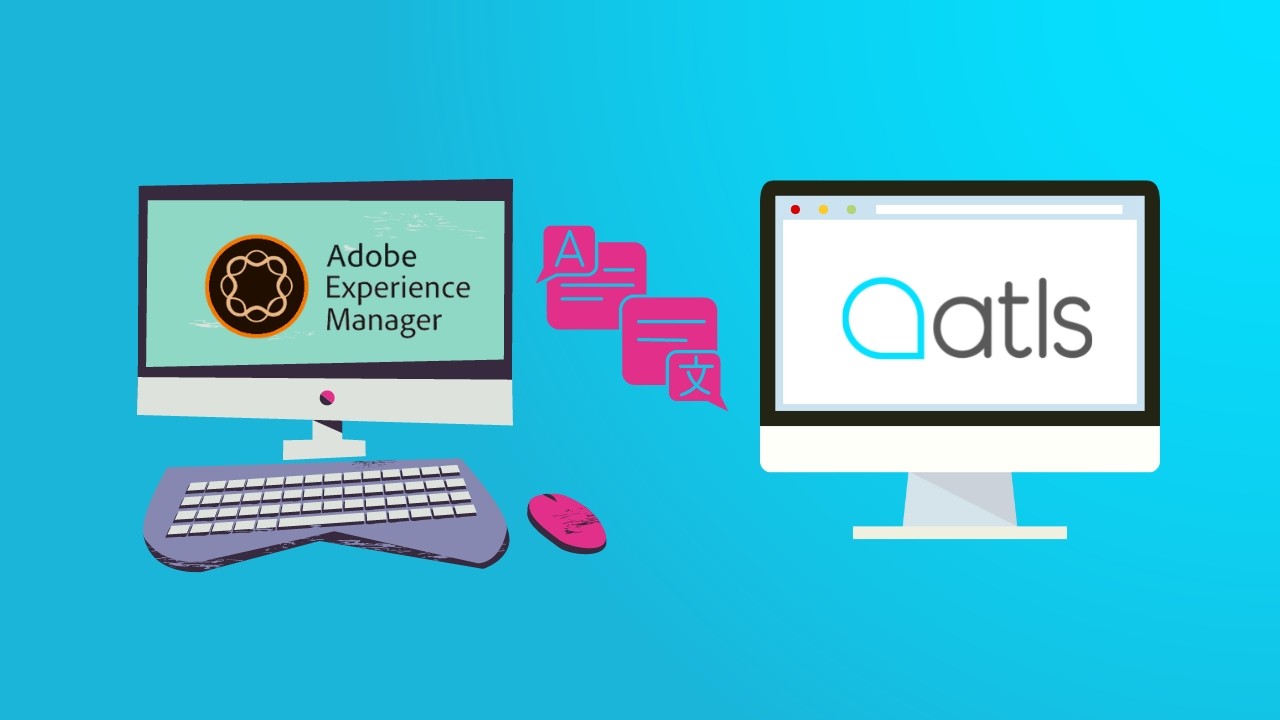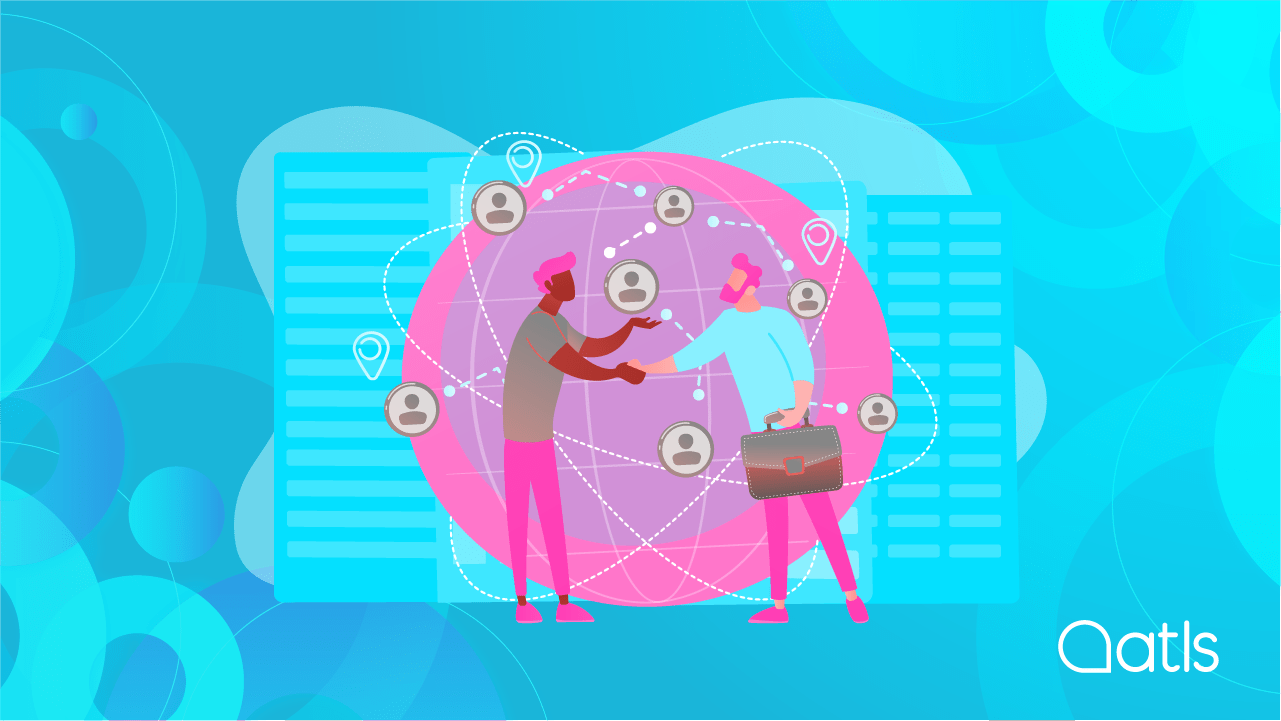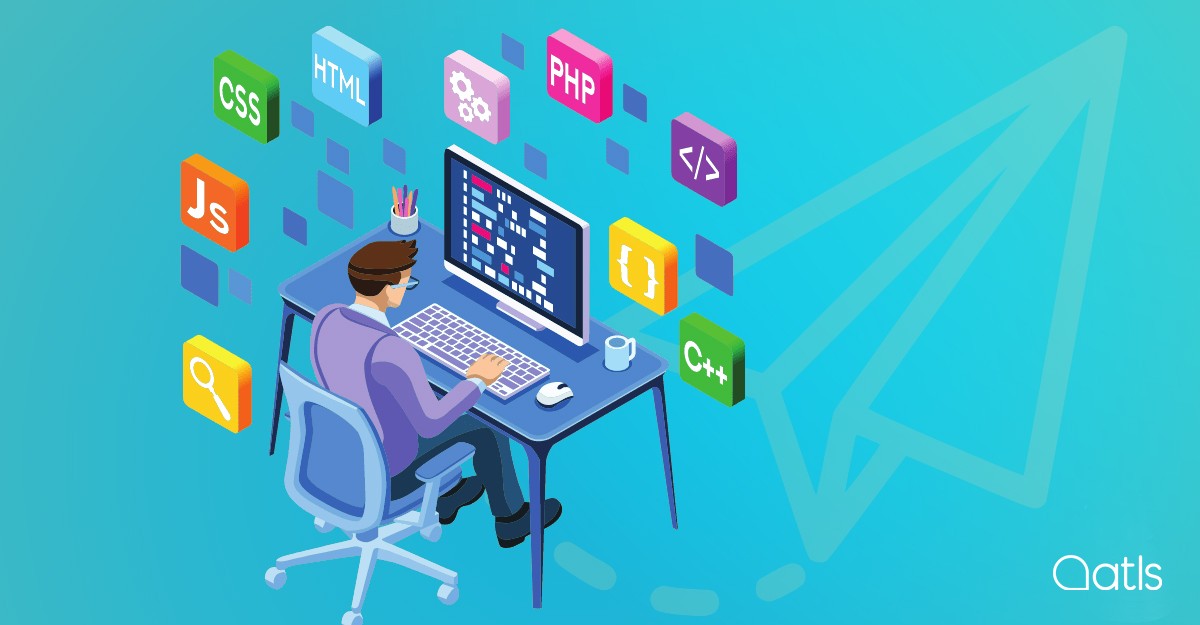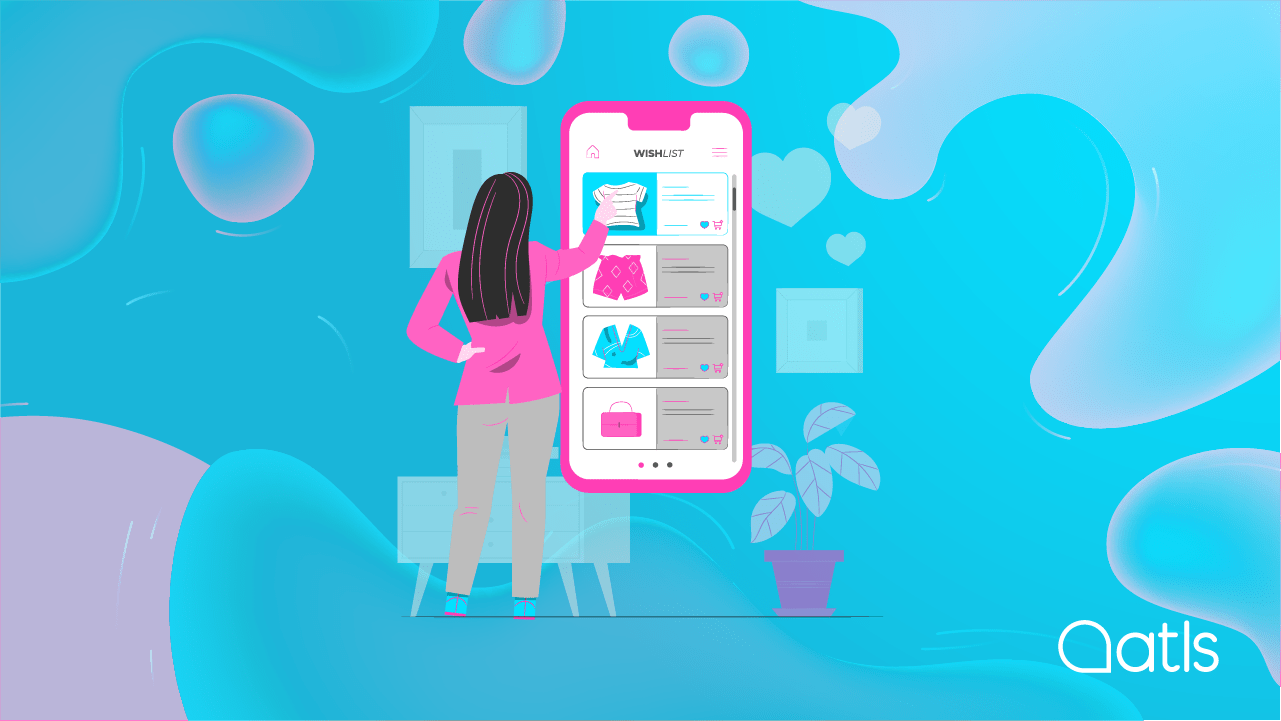Google Translate vs DeepL
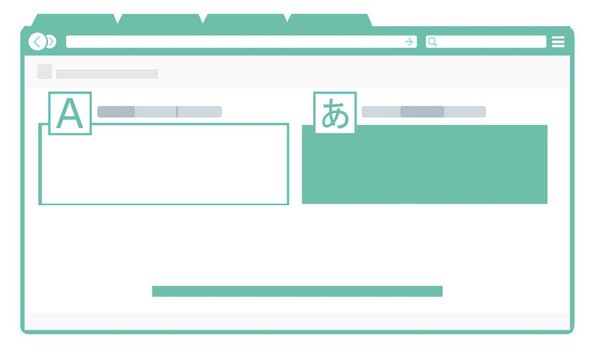
Google Translate vs DeepL: the rivalry between these two online translators is no secret. Let's examine the main differences between the two services and see which performs better. Let's have a look! Google Translate vs DeepL.
As most users already know Google Translate, they may not look for alternatives to translate a word or a specific text. This could, however, change with the arrival of DeepL, given that, according to its creators, it is capable of producing a higher quality translation than any other machine translation system.
DeepL Translation
DeepL is an innovative free translation service that uses artificial intelligence techniques based on deep learning, a branch of artificial intelligence that attempts to simulate learning models in ways similar to the human brain. DeepL offers translations in 42 combinations of Spanish, English, German, French, Italian, Polish and Dutch. Some of these combinations are more successful than others; English, for example, is the language which produces the best translations.
It is also integrated with Linguee, an online dictionary with over a hundred million translations. So, with just one click, we can get the translation of any word.
To demonstrate the potential of DeepL, a test was carried out in which professional translators had to choose the best translation of over 100 sentences translated by Facebook, Microsoft and Google. The results were the following:
- In the translation from English into Spanish, DeepL scored much higher than other translators such as Microsoft, Google or Facebook.
- In the other language combinations tested, DeepL translations were rated best three times as often as those by the other translation services.
As DeepL uses more advanced technology than Google, it generates translations that read very naturally, similar to those that could be produced by a human translator. One of the drawbacks of this translation service is that, for the moment, it cannot translate a whole website from the web browser.
Google Translate
Google Translate is one of Google's most popular and well-known tools. Able to translate into more than 100 languages, it has improved substantially in recent years and now offers higher quality results, but there are many situations where we shouldn't use Google Translate.
Google Translate vs. Deepl: One of the main points in favour of Google is that it allows you to import documents and, once they have been translated, the translation can be shown online. In addition, Google Translate's features are now more extensive than those of DeepL: Google Translate can translate speech and images and integrates with the Chrome browser to translate any website without exiting from it. However, when Google Translate translates a phrase or text and not a single word, the translation it provides is literal and very far from what a human could do. This is very different from DeepL, which puts the phrase that is to be translated into context and translates it using more common words in the target language.
ATS Cloud by ATLS
The main difference and the added value of our online translator for companies is that you can translate any text or document while preserving the original format. The translation can be sent to your e-mail address in just a few seconds.
Not Google Translate and not DeepL: professional translation
There's no doubt that the best option will always be a translation by a human professional. If you need to translate a file and automatic translators are insufficient, you can use our online translation tool, AT-TS. You will get an estimate for your translation with just a few clicks and with no commitment on your part. A human translator can translate texts without the possible defects of an automatic translation, as you can indicate the context of the text to be translated, who the translation is intended for, and whether you want the translator to use a formal or informal style, etc.
Although the speed at which machine translation can be done does offer a great advantage over human translation in terms of time, the translation is usually very literal and the meaning may sometimes be unclear. This is only to be expected, as the way sentences are formed differs in each language. Translating each word and then putting them together can lead to a sentence that makes no sense. We therefore advise you only to use automatic translation to understand a text, never for publication or professional use.

